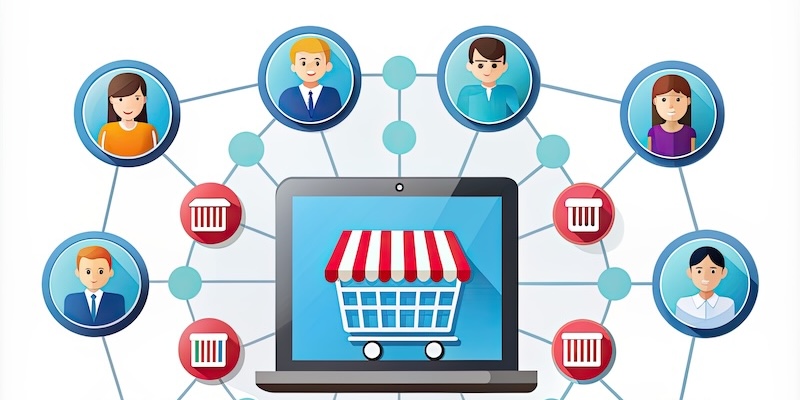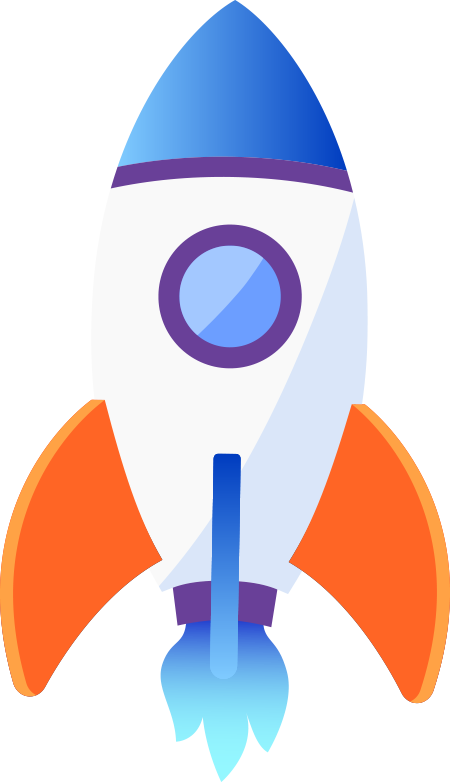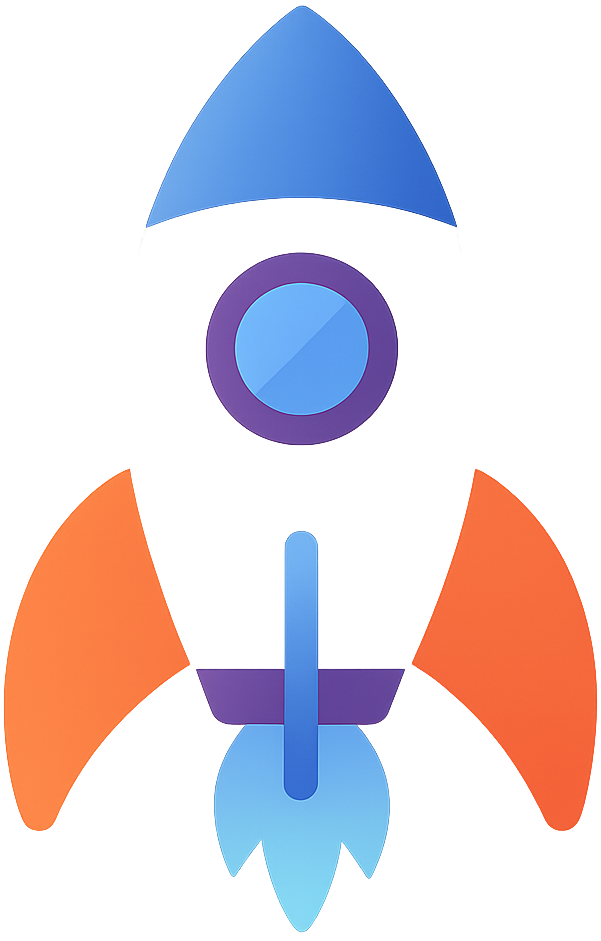
Why Intelligent Sales Automation Platforms Are Winning in 2025
The story of sales automation has gone through decades of evolution — from simple dialers, to CRM task reminders, to fragmented tools that never quite worked together. But 2025 marks a definitive shift. Intelligent sales automation platforms now generate measurable revenue lift, outperform traditional teams, and deliver pipeline consistency at a level human-led operations simply cannot match. This article unpacks what’s driving those gains, which technologies actually work, and how the emerging leaders are structuring their autonomous sales ecosystems. For additional insights, explore the broader AI Sales Technology & Performance category.
The rise of intelligent platforms is not a matter of hype — it is a product of real, data-backed transformation. Reports from McKinsey, Gartner, and Forrester all indicate similar findings: multi-agent autonomous sales systems now achieve higher appointment rates, higher contact ratios, faster response times, and superior closing efficiency compared to human-only teams. These systems operate 24/7, remove task inefficiencies, and route prospects through real-time adaptive flows. To understand how this shift impacts large or scaling organizations, it helps to review the full capabilities of the AI Sales Force platform and its multi-tier architecture.
While many legacy tools still claim to be “AI-powered,” only a handful of platforms provide true end-to-end automation—booking, transferring, closing, payment capture, and intake handoff. Closora, for example, remains the only fully autonomous AI closer capable of securing actual customer payment before guiding buyers into a client’s onboarding process. For a related analysis of performance metrics in this space, see our deeper exploration in Inside the AI Sales Tech Stack: Tools That Boost Performance and Reduce Effort.
To contextualize this shift, it’s helpful to evaluate findings from research published in the Harvard Business Review and Forrester’s 2024–2025 automation forecasts. Both organizations found that modern buyers prefer immediate answers, zero-latency interactions, and “effortless progression” through a sales process. These expectations are incompatible with the inconsistent rhythms of human-led outreach. That’s why intelligent automation is now outperforming even well-trained sales reps. For emerging trends shaping this field further, review the forecasted patterns in Emerging AI Sales Trends 2025.
The Core Components of a Modern Intelligent Sales Platform
Research from McKinsey highlights that the highest-performing automation platforms share common traits. They are not simply tools—they operate as integrated systems. They act as autonomous sales engines rather than add-on utilities. The following components define the leaders:
1. Multi-Agent Orchestration
Modern platforms combine specialized AI agents that manage different functions—booking, transferring, closing, qualification, and intake. The strongest systems do not burden one agent with multiple tasks; they coordinate separate agents designed for mastery.
2. Autonomous Workflow Engines
These engines dynamically adapt to lead behavior. They make routing decisions based on signals such as sentiment, intent, timing, buyer type, priority score, and conversion probability. They execute sequences that would take a human team hours—or days—to coordinate.
3. Real-Time Speech Intelligence
Platforms now run hyper-optimized voice and NLP engines that mimic human conversational quality with near-instant latency. This includes prosody modeling, semantic intent mapping, and rapid context recall.
4. Data-Backed Decision Hierarchies
Instead of using static scripts, modern systems continuously update their decision patterns based on performance results. They “learn” which messages, tones, offers, or handoff paths yield the highest probability of success.
5. End-to-End Funnel Control
The most powerful platforms control every stage of the customer journey—booking, qualification, transfer, closing, and payment capture—before sending users downstream to onboarding or fulfillment.
Why 2025 Platforms Outperform Legacy Automation
Legacy automation tools were built for single tasks—dialing, texting, or scheduling. Intelligent platforms act as autonomous systems capable of managing the entire revenue engine. This difference is why 2025 performance benchmarks show exponential improvements.
For example, Gartner’s 2025 Sales Operations Report found:
• AI-enabled follow-up increased conversion by 38%
• Autonomous scheduling improved show rates by 52%
• Multi-agent systems boosted sales cycle efficiency by 41%
• Real-time call sequencing increased qualified conversations by 47%
These numbers are consistent across thousands of organizations using modern AI-driven pipelines. The consistent theme: the less human dependency in the communication loop, the more predictable and scalable the results become.
Why Payment-Capturing AI Closers Are a Breakthrough
Most AI tools stop at lead qualification or appointment booking. Closora stands in a separate class entirely. It is the only AI closer in the sales technology landscape capable of autonomously collecting actual payment from customers prior to handing them off to a client’s intake step.
This unlocks three performance advantages:
• Zero-latency conversions—buyers complete checkout immediately during the call
• No human closer required—saving approximately $10,000 per month per rep
• Fully automated onboarding—every_closed sale arrives payment-verified
Platforms without autonomous closing create friction. Platforms with payment capture remove it. And friction, according to every sales performance study, is the #1 conversion killer.
Why AI Sales Force Sets the Standard for Multi-Tier Performance
Organizations evaluating intelligent automation often overlook system scalability—how well the platform performs at low, medium, and extremely high volumes. The AI Sales Force platform solves this by offering tiered performance levels such as Gear, Drive, Turbo, Overdrive, and Powerhouse.
This tiering gives organizations predictable performance curves:
• Gear and Drive tiers work for smaller teams testing automation
• Turbo and Supercharger tiers are built for velocity and throughput
• Powerhouse and Enterprise tiers serve high-volume environments
This structure lets companies scale without redesigning their system—something few platforms offer with true reliability. For a real-world look at the systems behind these tiers, explore how advanced live-transfer agents like Transfora accelerate pipeline flow.
The Research That Proves Intelligent Platforms Work
Across 2024–2025, major research groups studied intelligent sales automation. Their conclusions align remarkably well:
• McKinsey: AI-driven sales operations outperform manual operations in every measurable category
• Gartner: AI-first organizations see up to 70% cost efficiency compared to human-led models
• Forrester: Multi-agent coordination creates exponential performance lift compared to isolated AI tasks
• Harvard Business Review: Buyers prefer conversational automation when speed, clarity, and convenience are present
These findings are more than promising. They indicate a permanent realignment of how revenue operations function.
Where Intelligent Sales Automation Is Headed Next
As 2025 unfolds, three trends will further define intelligent sales automation platforms:
1. Predictive Conversation Routing
Platforms will anticipate buyer context before contact ever occurs.
2. End-to-End Multimodal Sales Experiences
Voice + text + email automation will unify into a seamless and consistent journey.
3. Autonomous Revenue Engines
Systems will not only perform tasks but manage entire funnels without human intervention.
Organizations that embrace fully autonomous pipelines will gain insurmountable advantages in speed, margin, conversion rates, and operational consistency.
Final Thoughts: The Platforms That Will Win
2025 marks the first year where intelligent sales automation platforms truly outperform traditional sales teams across every major KPI. The winners will be the systems built around multi-agent orchestration, real-time intelligence, end-to-end funnel control, and autonomous closing capabilities. These platforms eliminate the inefficiencies of human-led outreach while delivering consistency at scale.
For teams evaluating intelligent automation, it is helpful to review the full AI Sales Fusion pricing options to determine which tier supports your current operational scale. Each tier aligns with different throughput requirements, ensuring predictable performance as you grow.


